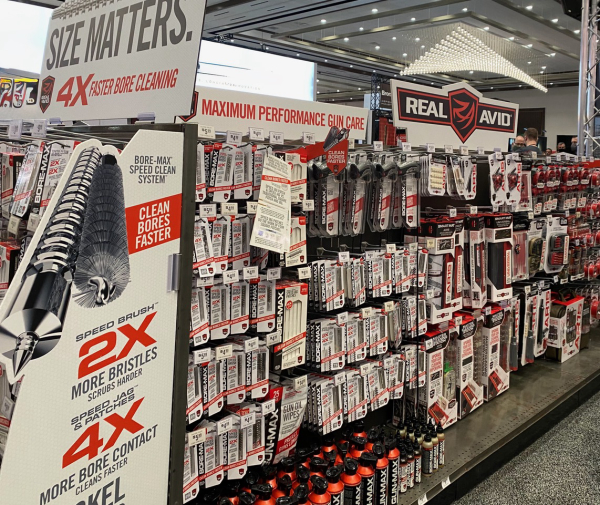If you’re like many business owners, you’re wondering which way to pivot in order to keep your business: a) relevant, or b) operating. Between inconsistent national policies, rising consumer pessimism and rising costs, for both your business and personal life, it’s not the most restful of times.
But times of challenge are usually when necessary change happens.
If you have a storefront, you may love the look a certain product gives your store. But your admiration for the “look” might keep you from realizing it always looks good because no one’s buying anything off that display.
It might be time to move that product out of the normal mix and into the “bargain bin.”
For the past couple of weeks, I’ve largely been confined to quarters. Confinement has forced me to substitute reading for doing. Instead of visiting retailers to actually see what’s selling, I’ve been reading work from writers, trade groups, and some wily retailers with suggestions they feel will “amp up” sluggish retail sales.
Their suggestions range from how and where you should display products in order to maximize their appeal to a suggestion that all goods should be looked at as fresh produce, i.e., if it’s not selling; it’s spoiling. Fruit gone bad equals lost profit.
In that case, you don’t rotate stock, you replace it. That idea of “fresh stuff” might be more on-point than most of us realize.
An acquaintance owns a fish market. Before the fish market he was an accountant. His approach to selling fish blends the two disciplines.
He negotiates pricing for fresh fish from more than one reliable supplier. That spreads the risk of not being able to get fresh product. That’s not unusual.
Being a smart accountant, he negotiates his pricing on an annualized basis, not “as needed.”
That takes the price swings out of his retail pricing. It also guarantees his suppliers guaranteed sale of a set quantity of a fish at a known price.
He also lowers his potential loss on fish - a product with a very short shelf life - via alerts to good customers. He alerts them to imminent arrivals and encourages their pre-orders. He also lets his suppliers know that he’s “open to special deals” on seasonal harvests. Prices drop (for him), and depending on quantity, he will either run “special seasonal pricing” or notify his best customers of special buying opportunities.
He encourages the same pre-ordering for shrimp, crab, or oysters customers want him to steam for them. Preorders require a credit card “so you won’t have to wait around at the register after getting your order.”
Before taking preorders, he noticed some customers would leave rather than wait for service. Preorders going to the register rather than the service counter shortened wait times for everyone. He says preorders cut his “walkaway rate” by more than two-thirds.
As he explains it, “making business simpler - for everyone involved - is a good idea.”
If you think fish markets don’t translate to the outdoor industry, you’re not focusing on the ultimate goal of every business: selling more product and making more money.

In every step, he reduces waste, lowers barriers to purchasing, and makes the process simpler for all parties. One article I read recently said that gun stores were particularly susceptible to tough times because most of them use “the jewelry store model,” i.e., the display of the primary product (guns) inside glass cases or on walls behind those cases. The description of that selling setting says the cases create an adversarial posture that makes the counters seem like the DMV, not a “brand experience.”
Years ago, I asked a successful retailer how he seemed to have all the products his customers wanted. Expecting some sort of retail profundity, I was stunned by his simple answer: “Easy. I ask them.”
“If you have things customers have told you they want,” he said, “you shouldn’t be surprised when they buy them. Give them what they want, toss in a couple of things that might catch their attention or enhance what they already told you they wanted, and they’ll buy even more.”
That’s timeless advice that explains why you bought that $2 candy bar in the grocery store checkout line. You bought it because it was there. When you’re looking at a triple-digit grocery bill, that $2 candy bar represents a very small indulgence.
Look around your location and notice areas where shoppers are either congregating or are scarce. Build more collection areas and eliminate those dead zones.
If you can’t figure out what’s causing either area, take a radical step: ask your customers. Be prepared to be surprised at their answers, but act on them and watch things improve.
— Jim Shepherd